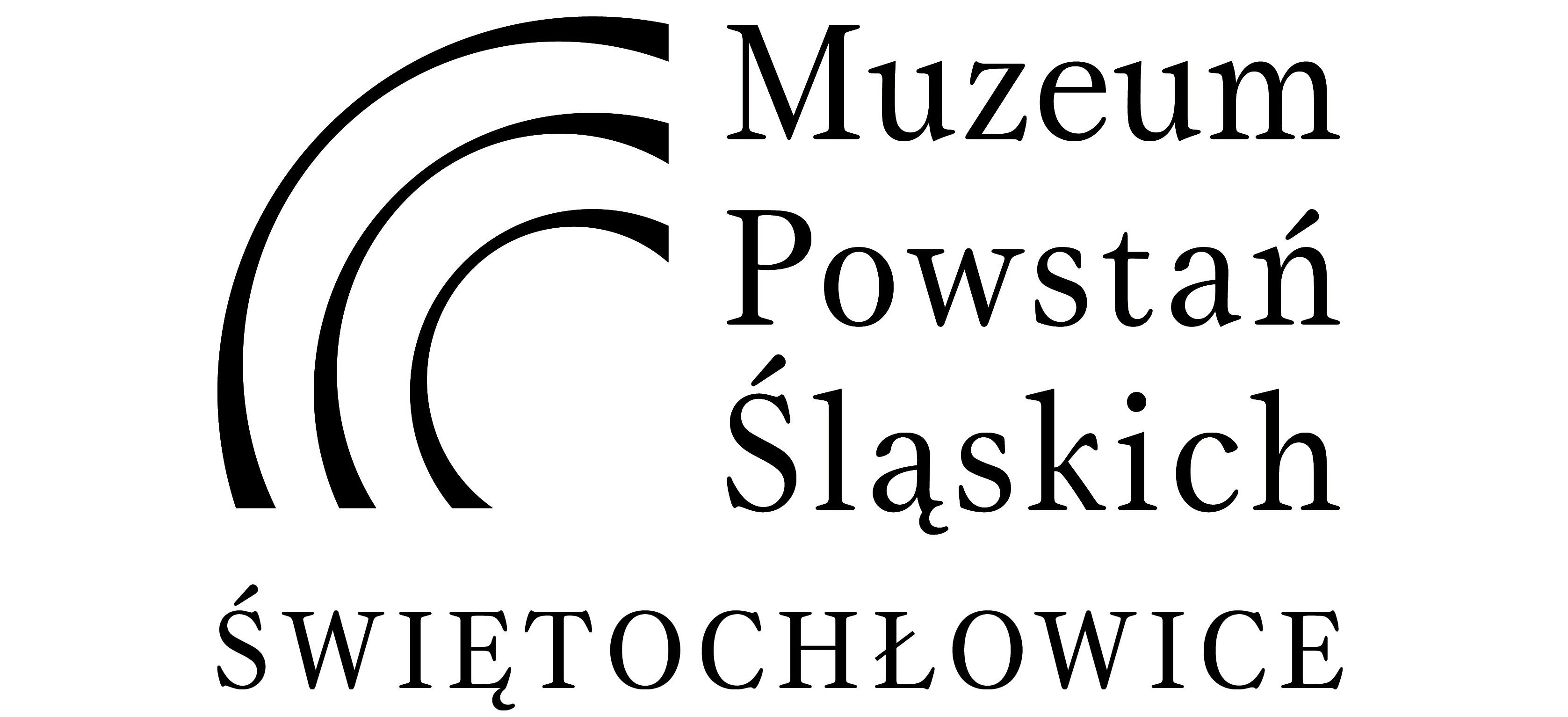TIMELINE
1914-1918
World War I
1919
11th January: The secret Polish Military Organization of Upper Silesia is founded in Katowice.
20th January: The general strike in Upper Silesia industrial plants. Strikers demand Grenzschutz and Freikorps to be removed from Upper Silesia.
28th June: Signing the peace treaty with Germany (Treaty of Versailles). After the conference that lasted since January it is concluded that Upper Silesia will be divided with regard to the outcome of the plbiscite.
17th August: The First Silesian Uprising is launched. Fighting starts in the pszczyński and katowicki districts. Chaotic movements of insurgents help Germans to succeed in battles. The Uprising ends on 24th August and insurgents have to flee from Upper Silesia out of fear of repression.
1st October: Polish-German amnesty agreement. Privates can come back home, but the leaders have to stay abroad.
1920
11th February: According to the Treaty of Versailles Upper Silesia will be ruled by Interallied and Plebiscite Commission. The French general Henri Le Rond becomes its leader. When the Allies enter the region, Germans draw back their Grenzschutz troops. Plebiscite police (Sicherheitspolizei or Sipo) stays together with Selbuschutz militia.
12th February: The Polish Plebiscite Commitee in the Lomnitz hotel is activated. On 20th February Wojciech Korfanty is appointed the plebiscite commissioner.
27th May: German militia attacks Lomnitz hotel.
15th July: the Polish Parliament passes the law called „organic status for Silesia district”. The status guarantees the autonomy of Silesia regions which will be ceded to Poland. The new district will have its own parliament called Sejm Śląski.
17th August: German militia attacks the headquarters of Interallied Commission. Atrocious lynching of doctor Andrzej Mielęcki. It is announced that Katowice is under siege.
18th August: Another attack of German militia, this time it was Plebiscite Commission in Katowice. Its members were beaten.
18th August: Second Silesian Uprising is launched. It is well planned and led. The fighting continue in many districts including Katowice. On 25th August the battles are ended and on 24th August Interallied Commission eliminates Sipo. Polish-German plebiscite police (Abstimmungspolizei or Apo) is formed in its place.
1921
20th March: Upper Silesia Plebiscite, the outcome not beneficial for Poland. The greater part of the region with heavy industry is ceded to Germany.
23rd March: Korfanty’s Line is announced. It is the border that is to be fixed on the West. The foundation of Bank Śląski.
4th April: German demonstrations in Katowice. Demonstrators demand that Upper Silesia is ceded to Germany.
3rd May: Third Silesian Uprising is launched. Wojciech Korfanty becomes its leader. Insurgents very quickly win over the heavy industry region.
21st May: Bloody battles near Saint Anne Mountain.
25th June: Ceasefire.
30th July: People’s Council (Naczelna Rada Ludowa) is created in Upper Silesia. Józef Rymer becomes its leader.
20th October: Ambasadors’ Council decide that Poland is given 29% of the plebiscite region together with great part of heavy industry.
1922
5th February: The new President of Katowice is elected. His name is Alfons Górnik.
25th February: The foundation of Local Authorities Association in Upper Silesia called Skarboferm (S.A. Polskie Kopalnie Skarbowe)
15th May: The Geneva Convention between Germany and Poland concerning ethnic minorities in the plebiscite region.
12th June: Before Silesian Parliament is elected the Temporary Silesian Council (Tymczasowa Śląska Rada Wojewódzka) gets political power over the region.
14th June: People’s Council is cancelled. Józef Rymer becomes the governor of Silesia.
15th June: Upper Silesia formally changes its independence. The representatives of Allies, Poland and Germany sign the document concerning the division of the region and its sovereignty.
17th June: The plebiscite police is done away with, and replaced by Upper Silesia Police.
19th June: The Allies withdraw from Upper Silesia.
20th June: Polish Army enters Upper Silesia. The army is led by Stanisław Szeptycki. In Katowice citizens celebrate Upper Silesia is part of Poland again.
16th July: Upper Silesia and Poland Union Act is signed in Katowice.
26th August: Józef Piłsudski comes to Katowice.
24th September: Elections to the First Silesian Parliament ( I Sejm Śląski)
10th October: The first sitting of the Silesian Parliament.

Comments are closed.